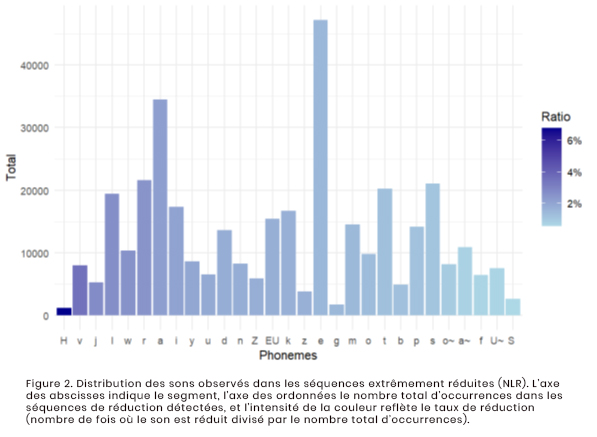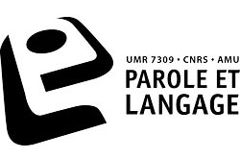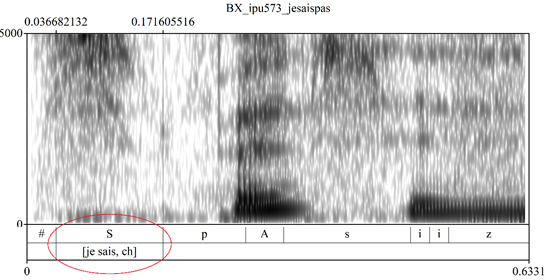Kübra Bodur has just published an article in Speech Communication, in collaboration with Corinne Fredouille, Stéphane Rauzy, and Christine Meunier..


A lire aussi
How can grammar be explained in sign language?
19 November 2025
par Claudia Pichon-Starke
The discursive and prosodic properties of the French connector ‘mais’ in conversational interaction
18 November 2025
par Claudia Pichon-Starke
How can we help pupils better understand stories?
03 November 2025
par Claudia Pichon-Starke
Does the way we process language change depending on whether we are with others or alone?
31 October 2025
par Claudia Pichon-Starke
The perception of lexical pitch accent in South Kyungsang Korean
30 October 2025
par Claudia Pichon-Starke
How can grammar be explained in sign language?
19 November 2025
par Claudia Pichon-Starke
The discursive and prosodic properties of the French connector ‘mais’ in conversational interaction
18 November 2025
par Claudia Pichon-Starke
How can we help pupils better understand stories?
03 November 2025
par Claudia Pichon-Starke
Does the way we process language change depending on whether we are with others or alone?
31 October 2025
par Claudia Pichon-Starke
The perception of lexical pitch accent in South Kyungsang Korean
30 October 2025
par Claudia Pichon-Starke








